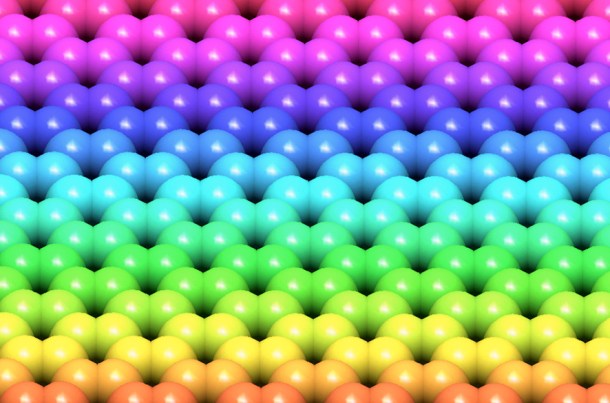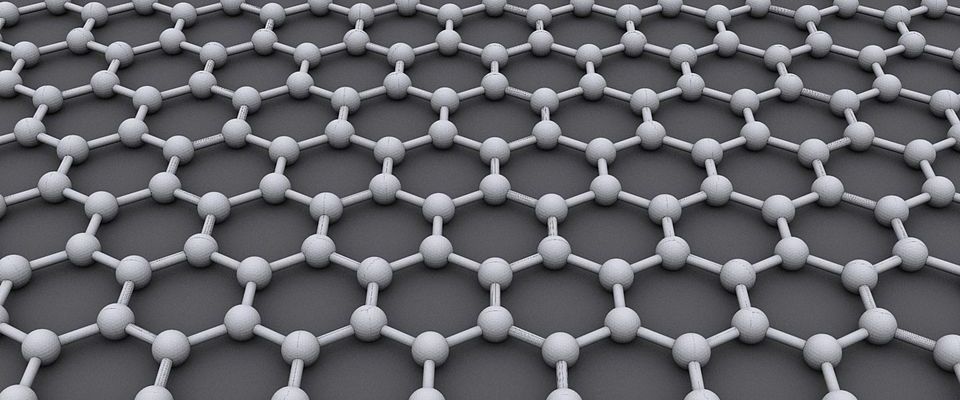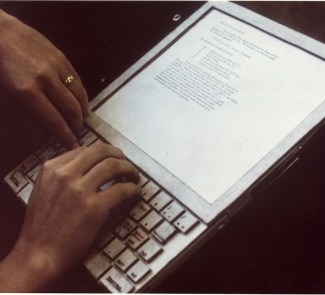Scientists in Dublin have developed a "homemade recipe" for making graphene more easily and economically. The revolution of this material is about to begin.
The European Union has called graphene the “wonder material», summarising the application and innovative production method that researchers at the Amber Centre in Dublin have developed. The official press release quotes Neelie Kroes, vice-president of the European Commission, who wants to «ensure Europe takes the lead” in graphene research and innovation.
The Irish scientists managed to produce graphene with a simple and economical methodology that has been published in the journal Nature Materials. While this method of production is not as efficient as the one developed by Andre Geim and Kostya Novoselov, who were awarded the Nobel Prize in Chemistry in 2010, this result does represent a significant scientific advance.

The work by Jonathan Coleman’s team is part of the Graphene flagship initiative, to which the European Union has contributed more than €1 billion. With this financing, Europe has put graphene and brain research in its cross-hairs to achieve scientific and technological advances over the next decade.
Thanks to this economic assistance and the creativity of the scientists in Dublin, researchers have managed to produce graphene using a kitchen stove. Although you shouldn’t try this “recipe” at home, with a half-litre of water, 10-25 millilitres of detergent and 20-50 grams of material extracted from pencils, researchers generated graphene sheets on the water after waiting just 10 and 30 minutes.
 This research has surprised even renowned graphene specialists, like Andrea Ferrari, a researcher at Cambridge University. This scientist has called the results “very important when moving forward in the simple and economic scaling of the production of this material”.
This research has surprised even renowned graphene specialists, like Andrea Ferrari, a researcher at Cambridge University. This scientist has called the results “very important when moving forward in the simple and economic scaling of the production of this material”.
The “homemade” production of graphene, achieved by the scientists at the Amber Centre in Dublin, once again shows that there is still lot of research to be done until this material can be used successfully.
These important results, achieved thanks to the device shown in the images on the left, represent another step forward in the large-scale manufacture and use of graphene in the future. With innovations like this one, Kroes will surely see her desire for the EU to lead worldwide production of this material fulfilled within the next decade.
Images | AlexanderAlUS (Wikimedia), Engineering at Cambridge (Flickr), Nature Materials









